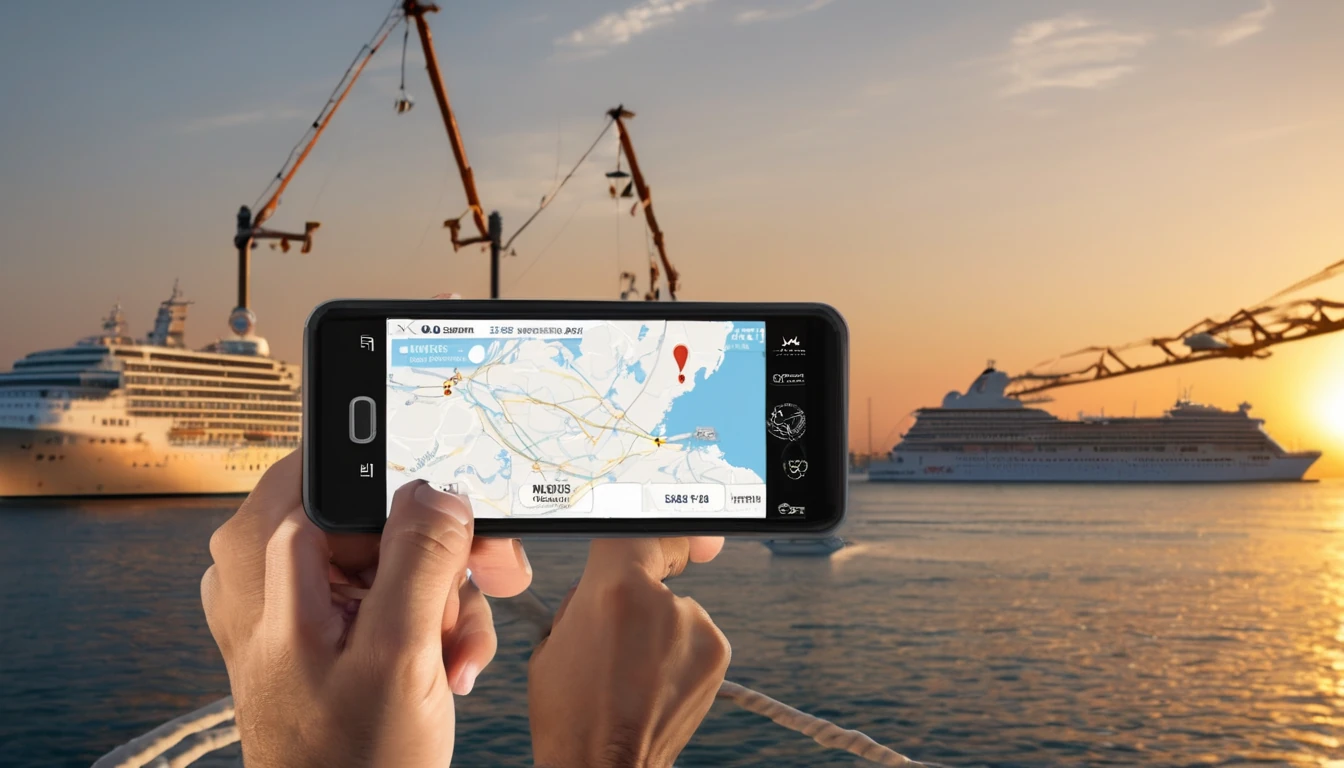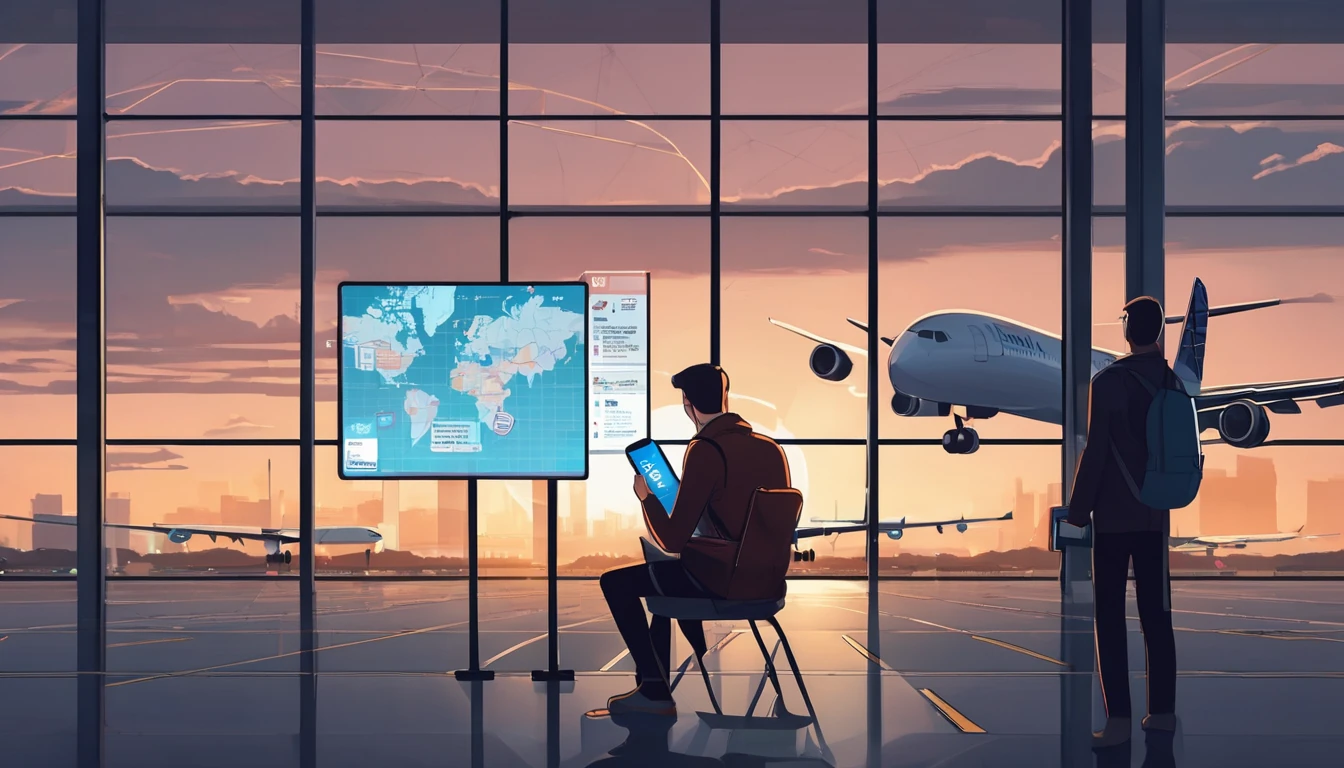Planning a 7‑night Med sailing and wondering how to handle mediterranean cruise internet? Here’s the short answer: rely on ship Wi‑Fi for light use while at sea, and switch to a local or regional eSIM every time you step ashore. That gives you fast, affordable data for maps, rides, tickets, messaging and calls in Italy, France and Spain—without bill shock. This guide walks you through what ship Wi‑Fi can and can’t do, the best eSIM mix for a typical week-long itinerary, and the exact steps to toggle your data each day in port. You’ll also get practical WhatsApp calling techniques and offline map tips that work whether you’re zipping to Sagrada Família, ferrying to Capri, or navigating Cannes tender times. If you’re travelling from North America or joining the cruise pre/post in the US, we’ve flagged the ideal eSIMs for that too. By the end, you’ll have a clear, repeatable routine that just works.
A typical 7‑night Med loop (Italy–France–Spain)
Most 7‑night itineraries include: - Italy: Rome (Civitavecchia) embark/debark plus one of Naples, Livorno/La Spezia (for Florence/Pisa), or Genoa. - France: Cannes, Villefranche, Toulon or Marseille. - Spain: Barcelona and/or Palma de Mallorca. - One or two sea days.
You’ll have 6–9 hours in port most days—perfect windows to use a local network via eSIM for fast, cheap data. At sea, you’re on the ship’s satellite Wi‑Fi if you need connectivity.
Ship Wi‑Fi reality check (so you can plan properly)
Satellite internet at sea has improved, but it’s still not land‑like. Expect: - Price: Day passes or week bundles often cost more than a good eSIM for the entire trip. - Speed/latency: Browsing and messaging are fine; large uploads, video calls and cloud backups are hit‑and‑miss, especially at peak times. - Coverage gaps: Near straits or during heavy congestion, performance can drop. - App limits: Some cruise lines throttle streaming or block large downloads.
Use ship Wi‑Fi for: - Messaging and email. - Light browsing and itinerary checks. - Occasional Wi‑Fi calling when the connection is stable.
Use a mobile eSIM on port days for: - Fast maps/navigation, ride‑hailing and ticketing. - Uploading photos/video, social media, work calls. - Price‑stable data with no surprise roaming.
The winning approach: eSIM in port, Wi‑Fi at sea
Step 1: Pick the right eSIM coverage
- Best all‑rounder for Italy + France + Spain: Esim Western Europe. One profile covers your whole route—no daily plan swapping.
- Country‑by‑country (if you’re spending longer in one place pre/post cruise):
- Esim Italy for Rome/Naples/Florence days.
- Esim France for Marseille/Cannes/Nice area.
- Esim Spain for Barcelona/Palma.
- Starting or ending in the US? Add Esim United States for stateside days.
- Coming from Canada/US and need coverage before/after? See Esim North America.
Browse more options by country on Destinations.
Data amount guide for a 7‑night cruise: - Light user (messaging, maps, a few rides): 3–5 GB total. - Standard traveller (maps, social uploads, some video, a few calls): 5–10 GB. - Heavy user (work calls, hotspot, HD uploads): 10–20 GB.
Pro tip: Choose one regional plan with a validity spanning your entire cruise. It’s simpler and usually better value than stacking three single‑country plans.
Step 2: Pre‑embarkation setup checklist
Do this at home or on reliable Wi‑Fi the day before: - Buy and install your eSIM via QR or in‑app. Don’t activate data yet if your plan allows delayed activation. - Label your lines (e.g., “Primary” for your home SIM, “Med eSIM” for the travel line). - Turn off data roaming on your Primary line to protect against accidental maritime roaming. - Download offline maps for Rome, Naples, Florence, Marseille/Cannes/Nice, Barcelona and Palma. - Pre‑save key places: cruise terminal, hotel, train stations, must‑see sights, restaurants. - Set WhatsApp to use your existing number (no SIM change needed) and back up chats. - Sign into airline/cruise apps while on good Wi‑Fi; download boarding passes and tickets. - Update apps and device OS to avoid big downloads at sea. - Optional: If you’ll work on board, review your VPN and collaboration tools; see For Business.
Step 3: Your daily port routine (repeat each stop)
1) Before docking
- Disable “Automatic” network selection to avoid latching onto maritime networks near the ship.
- Turn off your Primary line’s data roaming.
- Turn on your travel eSIM line.
2) On the pier
- Open Mobile Data settings. Select the travel eSIM for “Mobile Data” and ensure data roaming ON for that eSIM.
- Confirm you’re on a local land network (e.g., ITA in Italy, SFR/Orange in France, Movistar/Orange in Spain).
- Do a quick speed test/message send to confirm all’s well.
3) During your day
- Use mobile data for maps, rides, tickets and calls.
- If you hotspot to companions, keep it occasional—heavy tethering can burn through GBs fast.
4) Back on board after sail‑away
- Switch Mobile Data back to Off or to ship Wi‑Fi.
- Keep travel eSIM enabled but with data off to avoid maritime roaming.
- Re‑enable your Primary line for voice/SMS if you need it, but keep its data roaming off.
Pro tip: Set a “Port Data ON” and “Sailaway Data OFF” reminder on your phone’s calendar for each port day.
WhatsApp calling and messaging tips
- Use WhatsApp for calls and messages throughout; your WhatsApp number stays tied to your original phone number, not your eSIM.
- On port days, calls usually work well over 4G/5G. Step into a quieter spot and switch off HD video if quality drops.
- At sea, use ship Wi‑Fi for voice‑only calls; avoid video unless the connection feels stable.
- If you must call landlines, buy a small calling credit with a VoIP app as a backup.
Offline maps that actually work
- Google Maps: Download each city area (including port and city centre) at home. Turn on “Wi‑Fi only” if you want to avoid accidental data use.
- Apple Maps: Add key places to Guides; maps cache with use, but less controllable offline.
- Maps.me: Pre‑download country/region files; excellent for trails and backstreets.
- Save pins for “Meeting points,” “Tender pier,” and “Terminal shuttle” to simplify your return.
Port-by-port notes: coverage and quirks
- Italy (Civitavecchia, Naples, Livorno/La Spezia, Genoa): Strong urban 4G/5G. Train corridors can have patchy tunnels; cache tickets. Popular providers your eSIM may use include Vodafone, TIM, or WindTre. Tourist hotspots can get congested—give apps a second try before assuming an outage.
- France (Cannes/Villefranche/Marseille/Toulon): Solid city coverage. Tender ports (Cannes, Villefranche) can have short blackspots near the tender piers; once ashore, speeds improve. Expect Orange, SFR, Bouygues or Free depending on your eSIM’s partner network.
- Spain (Barcelona, Palma de Mallorca): Excellent urban 5G in Barcelona. Palma is strong in town; coastal or mountainous spots may drop to 3G/4G briefly. Look for Movistar, Orange, or Vodafone.
Pro tip: If speeds feel slow, toggle airplane mode for 10 seconds or switch between 5G Auto and 4G LTE to force a fresh attachment.
Data budgeting and battery life at sea
- Turn off auto‑upload for photos/videos until you’re on land Wi‑Fi or happy with ship Wi‑Fi speeds.
- In social apps, set media to “Wi‑Fi only” for high‑res uploads.
- Download playlists/podcasts in advance for sea days.
- Carry a small power bank ashore; maps and photos draw power quickly.
- Disable background app refresh for non‑essentials on your travel eSIM.
Common pitfalls to avoid
- Accidental maritime roaming: Always disable “Automatic” network selection and keep data off when the ship is moving.
- Splitting into multiple single‑country plans when a regional one is cheaper and simpler: favour Esim Western Europe unless you have long stays in one country.
- Forgetting to install before you sail: ship Wi‑Fi portals sometimes block eSIM QR provisioning. Install eSIMs on hotel Wi‑Fi pre‑cruise.
- Over‑hotspotting: sharing with multiple family devices can drain a 5 GB plan in a day.
- Relying on ship Wi‑Fi for mission‑critical video calls: schedule important calls for port days or find a café with strong Wi‑Fi.
When single‑country plans make sense
Choose Esim Italy, Esim France, or Esim Spain if: - You’re adding several pre/post nights in one country.
- Your itinerary is Italy‑heavy with just a quick French/Spanish stop, and you’re happy to use ship Wi‑Fi or café Wi‑Fi in the secondary ports.
- You want a larger local data bucket for intensive use in a single country.
Working on board or travelling with a group?
- Remote workers: Plan “heavy‑lift” tasks (uploads, key calls) for port days on mobile data. For steady connectivity at sea, sanity‑check your tools and VPN before departure; see For Business.
- Group leaders and travel advisors: Simplify client connectivity with a standard port‑day routine and a regional eSIM recommendation. Explore co‑branded options in our Partner Hub.
Quick How‑To: Toggle eSIMs on iPhone and Android
- iPhone
1) Settings > Mobile Data.
2) Turn on your travel eSIM; set it as “Mobile Data.”
3) Data Roaming: ON for travel eSIM, OFF for Primary.
4) Network Selection: OFF “Automatic” when near port/sea; choose a local carrier ashore.
5) After sail‑away, switch Mobile Data OFF or to ship Wi‑Fi. - Android (may vary)
1) Settings > Network & Internet > SIMs.
2) Enable travel eSIM; set as “Mobile data.”
3) Data roaming: ON for travel eSIM, OFF for Primary.
4) Mobile network > Network operators: Select manually ashore.
5) After sail‑away, disable mobile data or switch back to Wi‑Fi.
FAQ
- Will my WhatsApp number change when I use an eSIM?
No. WhatsApp keeps using your original number. Install your eSIM and keep WhatsApp as is. - Is a regional plan really better than three single‑country plans?
For a 7‑night Italy‑France‑Spain cruise, yes. One Esim Western Europe plan is simpler, usually cheaper, and avoids mid‑week plan swaps. - Can I activate the eSIM without using data at sea?
Yes. Install and set it up on hotel or home Wi‑Fi before you sail. Some plans start validity on first connection—activate the first time you step ashore. - Will I get 5G in every port?
Often, yes in major cities. But networks can fall back to 4G/3G in tunnels, rural/coastal stretches or very crowded areas. Plan for variability. - Can I use my phone as a hotspot ashore?
Usually, yes, but it uses data quickly. Check your plan details and hotspot only when needed. - I’m joining the ship in the US—what should I use there?
Add a short plan from Esim United States. If you need Canada/Mexico too, see Esim North America.
Next step
Choose your coverage and install before you sail. For a seamless Italy–France–Spain week, start with Esim Western Europe.




